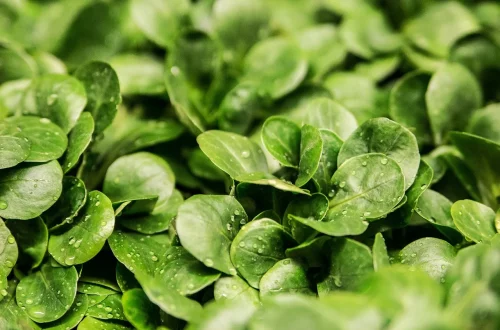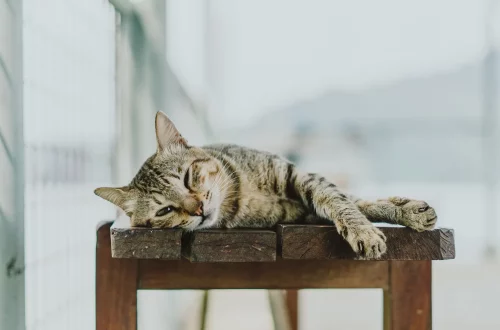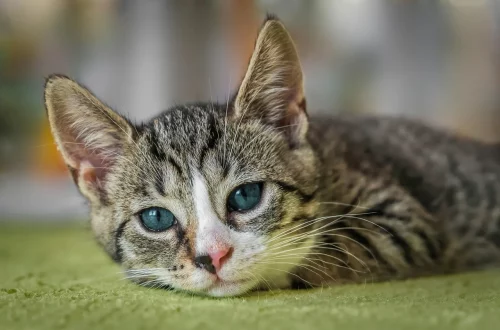
The Best Bird Feeders for Attracting Small Birds to Your Garden
Creating a welcoming space for wildlife in your garden can be a rewarding endeavor, especially when it comes to attracting small birds. These charming creatures bring life, color, and delightful sounds to your outdoor space. With various species available, from vibrant finches to energetic wrens, providing the right environment can encourage them to visit frequently. Bird feeders play a crucial role in this process, as they offer a reliable food source, particularly during harsh weather or when natural food is scarce.
Choosing the right bird feeder is essential for maximizing your chances of attracting small birds. Factors such as feeder design, seed type, and placement can significantly influence the variety of birds that visit your garden. Moreover, understanding the preferences of different bird species can help you select the best feeder to meet their needs. Whether you are an experienced birdwatcher or a novice gardener, creating a bird-friendly habitat can enhance your outdoor experience and contribute to local biodiversity.
In this article, we will explore various types of bird feeders specifically suited for attracting small birds, along with tips for effective placement and maintenance. By understanding the unique characteristics of these feeders, you can transform your garden into a haven for small birds, providing them with a much-needed sanctuary while enjoying the beauty they bring.
Choosing the Right Bird Seed
Selecting the appropriate bird seed for your feeders is one of the most important factors in attracting small birds to your garden. Different bird species have varying preferences, and offering a diverse selection can ensure that your feeders are visited regularly. Black oil sunflower seeds are a favorite among many small birds, including finches, chickadees, and nuthatches. These seeds have a high oil content, providing essential energy for birds, especially during colder months.
Another excellent option is nyjer (thistle) seeds, particularly attractive to goldfinches and siskins. These tiny seeds are often offered in specialized feeders with small feeding ports to prevent larger birds from accessing them. If you want to attract a wider variety of birds, consider using a mixed seed blend. These blends typically contain sunflower seeds, millet, and corn, appealing to a range of species. However, it’s crucial to choose high-quality mixes that do not include fillers like red millet or wheat, which are less appealing to small birds.
In addition to seeds, consider offering suet, particularly during the colder months. Suet cakes can attract woodpeckers, nuthatches, and even small songbirds seeking high-energy food sources. Ensure that your suet feeder is designed to accommodate small birds, as larger feeders might deter them. Remember to change the bird seed regularly to keep it fresh and free from mold, as stale or spoiled food can harm visiting birds.
Types of Bird Feeders
When it comes to bird feeders, there are several types available, each designed to cater to different species and feeding preferences. Tube feeders are a popular choice for small birds, as they allow multiple birds to feed simultaneously while keeping seeds sheltered from the elements. These feeders often have small openings that are perfect for finches and chickadees, making them a versatile option for any garden.
Platform feeders, or tray feeders, provide a flat surface for birds to perch while they eat. This type of feeder can accommodate a wide variety of birds, including jays, sparrows, and even ground-feeding species. To attract small birds, ensure that the feeder is placed at a height where they feel safe, ideally near some shrubbery or cover.
Hopper feeders are another excellent option, as they provide a larger capacity for seeds and can attract various species. These feeders typically have a roof to protect seeds from rain and snow, ensuring that food remains accessible throughout the year. When using hopper feeders, be mindful of the types of seeds you fill them with, as some species may prefer certain seeds over others.
Finally, window feeders offer a unique way to enjoy birdwatching up close. These feeders attach directly to your window, providing an unobstructed view of visiting birds. They are particularly effective for attracting small birds like chickadees and sparrows, as they often feel more secure feeding close to human activity.
Placement Tips for Bird Feeders
The placement of your bird feeders is critical to their success in attracting small birds. Ideally, feeders should be positioned in locations that provide safety and ease of access for birds. Placing feeders near trees or shrubs can offer birds nearby cover from predators, making them more likely to visit. Additionally, consider the height and visibility of your feeders; small birds tend to prefer feeders that are not too high off the ground and are easily visible from a distance.
Moreover, avoid placing feeders too close to windows, as this can increase the risk of birds colliding with glass. If you have to position feeders near windows, consider using window decals or netting to mitigate this risk. In contrast, placing feeders away from heavy foot traffic can help create a more inviting space for birds, allowing them to feed without feeling threatened.
Another essential factor is the proximity to water sources. Small birds are often drawn to areas with accessible water for drinking and bathing. If possible, consider adding a birdbath near your feeders to create an attractive habitat for small birds. Ensure that the birdbath is shallow and has a rough surface for easy perching and access.
Lastly, be mindful of seasonal changes. During colder months, you may want to adjust the location of your feeders to better suit the birds’ feeding habits. Regularly observing your feeders can provide valuable insights into where birds prefer to feed and how you can optimize the environment for their benefit.
Maintaining Your Bird Feeders
Proper maintenance of bird feeders is essential for ensuring the health and safety of visiting birds. Regular cleaning helps prevent the spread of diseases that can occur in feeders, particularly when seeds become moldy or contaminated. It’s recommended to clean feeders every two weeks, using a solution of one part vinegar to nine parts water. Rinse thoroughly and allow them to dry completely before refilling with fresh seed.
Monitoring the seed levels in your feeders is also crucial. Empty feeders can discourage birds from returning, so ensure they are filled regularly. However, be cautious not to overfill, as this can lead to waste and spoilage. Keep an eye on the seed types you offer, as some may be more popular with the birds in your area than others.
In addition to the feeders themselves, consider the surrounding area. Keep the ground beneath your feeders clean by removing old seed husks and droppings. This practice helps prevent the attraction of pests and maintains a healthier feeding environment for birds. If you notice any sick birds visiting your feeders, it may be wise to take down the feeders temporarily until the situation improves.
Lastly, be patient and observant. Attracting small birds to your garden is a process that may take some time. Experiment with different types of feeders, seed blends, and placements until you find the perfect combination that works for your garden. With time and care, you can create a vibrant sanctuary for small birds, enhancing your outdoor space and enjoying the beauty of nature.
In conclusion, providing the right bird feeders and maintaining a welcoming environment can significantly enhance your garden’s appeal to small birds. By carefully selecting seeds, choosing appropriate feeder types, and placing them strategically, you can enjoy the delightful presence of these charming creatures throughout the seasons. Happy birdwatching!




